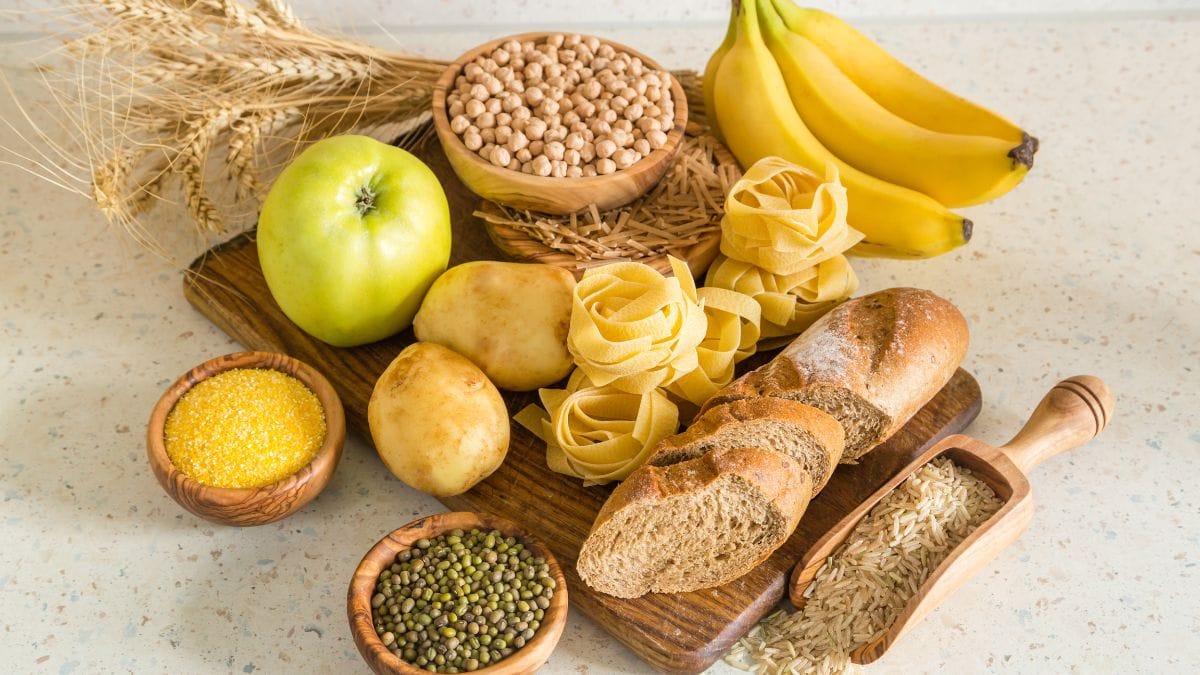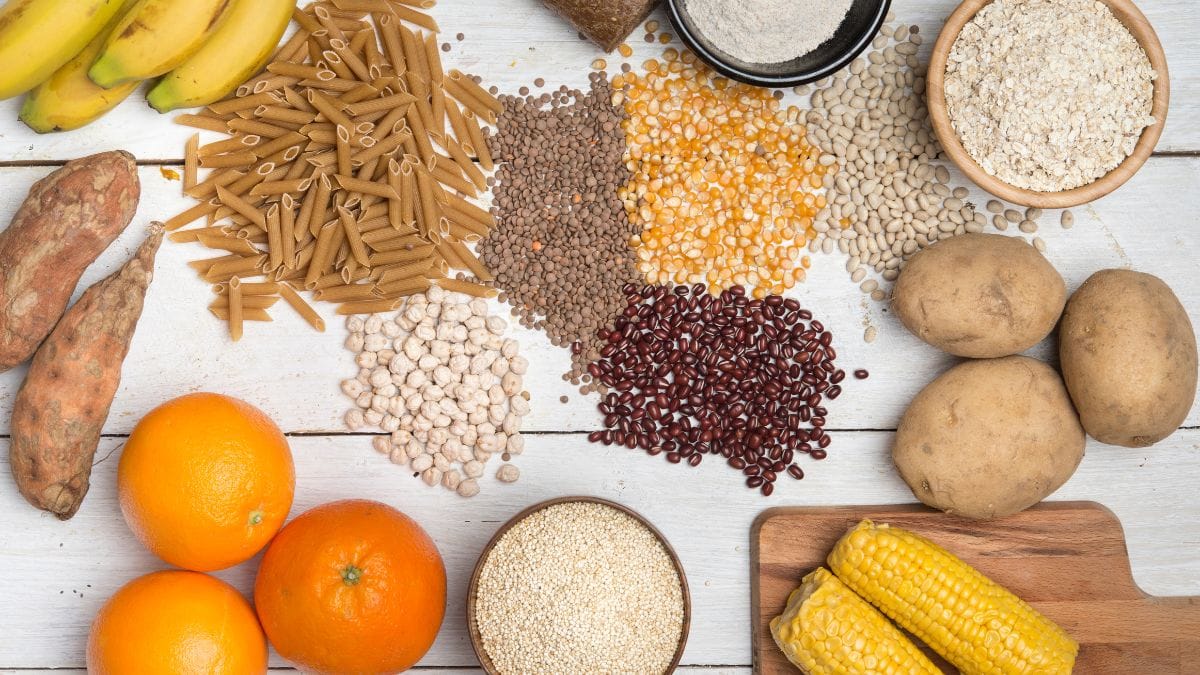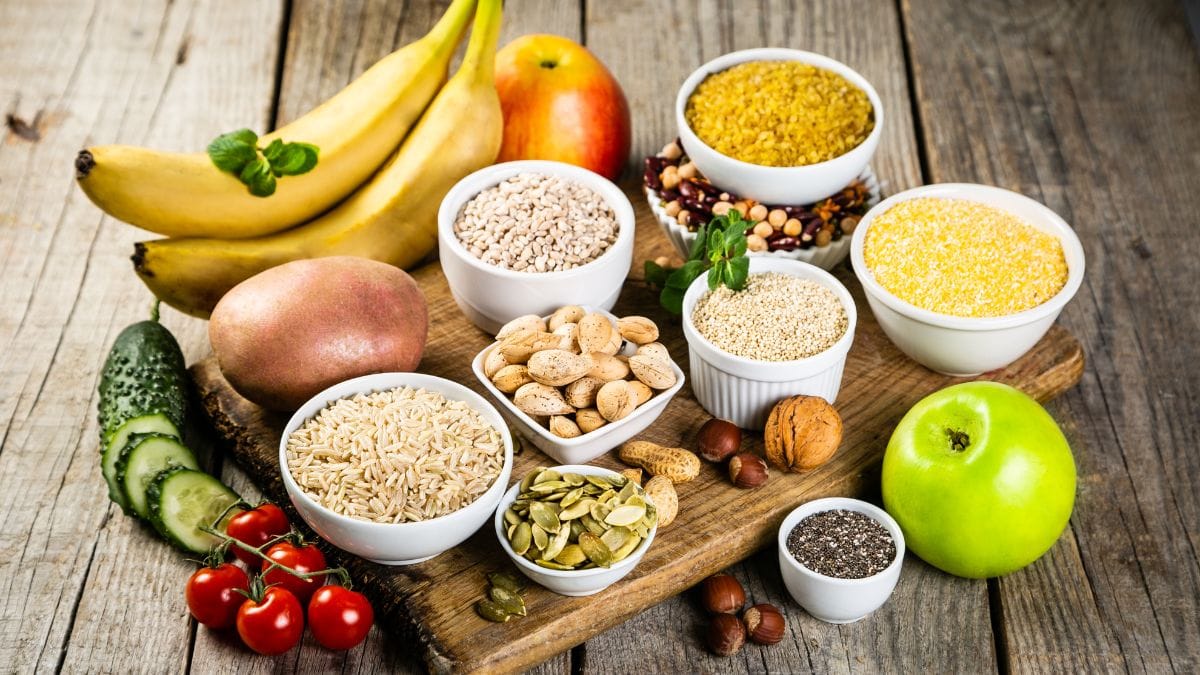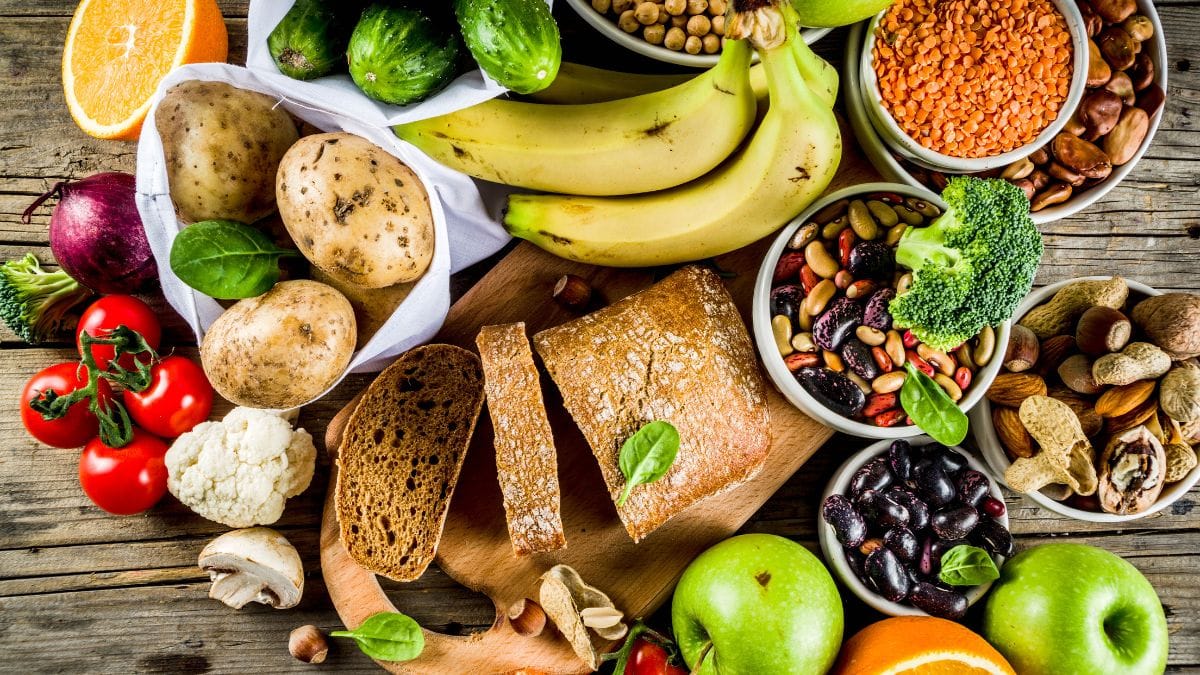Short Answer: Grits are not very good for diabetes. Because they have a lot of starch and a high glycemic index, which can raise your blood sugar levels quickly and cause inflammation and oxidative stress in your body.
Diabetes is a condition that affects your blood sugar levels and how your body uses glucose for energy.
In diabetes, your body either doesn’t make enough insulin or can’t use it properly.
Insulin is a hormone that helps glucose move from your blood into your cells.
This can lead to various health problems, such as nerve damage, kidney damage, eye damage, heart disease, and stroke.
One of the key factors in managing diabetes is diet.
What you consume can affect your blood sugar levels, which can impact your diabetes symptoms and overall health.
To effectively manage diabetes, you should consume fiber-rich foods like fruits, vegetables, whole grains, and legumes, and avoid refined carbohydrate-rich foods like white bread, white rice, pastries, and sugary drinks.
Now, grits are a type of porridge made from coarsely ground dried maize or hominy.
People usually eat them for breakfast or as a side dish with other foods5.
Grits are not very good for diabetes because they contain a lot of starch, which can raise your blood sugar levels quickly.
They also have a high glycemic index, which means they cause a large spike in blood sugar after eating them.
This is true for both type 1 and type 2 diabetes.
One cup of cooked grits can give you about 38 grams of carbohydrates, which is 13% of your daily needs, 2 grams of fiber, which is 8% of your daily needs, and 1 gram of sugar.
Starch can negatively affect diabetes because it breaks down into glucose in your body, which can increase your blood sugar levels and make it harder for your insulin to work.
Furthermore, grits are a refined grain and refined grains are not good for diabetes.
Because, they have less fiber, vitamins, minerals, and phytochemicals than whole grains, and they can cause inflammation and oxidative stress in your body.
That’s why I suggest you limit your grits intake to avoid high blood sugar levels and other complications.
Stick to half a cup or less of cooked grits per day, and pair them with protein and healthy fats to slow down the digestion and absorption of carbohydrates.
For example, you can have grits with eggs, cheese, or nuts.
You can also add some non-starchy vegetables, such as spinach, tomatoes, or mushrooms, to increase the fiber and nutrient content of your meal6.
Also, you shouldn’t eat grits if you have gestational diabetes to prevent high blood sugar levels and harm to your baby.
Because, gestational diabetes can increase the risk of preterm birth, preeclampsia, and macrosomia.
You can buy fresh or dried grits in your local market or online.
Always choose stone-ground grits or old-fashioned grits, which have more texture and flavor than quick or instant grits.
Because, they are less processed and have more of the germ and hull intact, which means they have more fiber and nutrients than quick or instant grits.
You can store them in a cool, dry place for up to a year, or in the freezer for longer.
Finally, remember, maintaining a healthy lifestyle, including a balanced diet, regular exercise, stress management and essential medical care is key to managing diabetes effectively.
I always recommend my diabetes patients to follow a diabetes-friendly diet to improve their blood sugar control, and enjoy a longer and healthier life.



